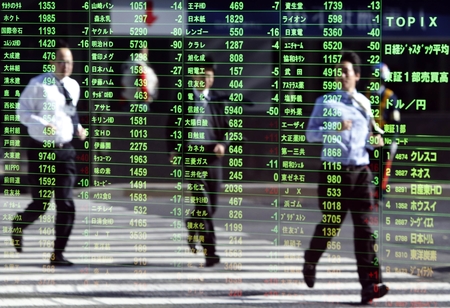As contraction is narrowed, India’s merchandise trade balance turned surplus last month (June). While the commerce ministry on Wednesday showed that imports were continuing to fall at a rapid pace. If we see the figures, merchandise exports grew 12.4 percent while there was a drop of 47.6 percent in imports which has led to the increase of trade to $790 million.
As compared to December quarter’s 0.4 percent, a surplus of 0.1 percent of GDP in the March quarter of FY20 was seen. Also, the current account deficit in FY20 was positively shrinked from 2.1 percent in FY19 to 0.9 percent. Due to the lockdown caused by the coronavirus, a significant slump in domestic economic activity has significantly curtailed imports. As expected by the experts, this has made the country’s current account balance to turn surplus in FY21.
According to a tweet by Trade minister Piyush Goyal last month, exports in the first week of June was $4.94 billion which was almost the same level ($5.03 billion) during the same period a year ago.
The Organization for Economic Cooperation and Development has expected that the world economy to drop from 7.6 percent to by 6 percent this year. And this drop would be the direct cause of the pandemic situation which the world has been facing this year due to COVID-19.
Furthermore, due to the pandemic, the World Trade Organization in April had also projected that the global merchandise trade would drop from 32 percent to 13 percent this year.
Indicating a year‑on‑year drop of around 18.5%, closer to the optimistic assessment, they had said that the initial estimates for the June quarter has been critically affected by a large share of the global population.
According to WTO Director-General Roberto Azevêdo, "This is genuinely positive news but we cannot afford to be complacent. Policy decisions have been critical in softening the ongoing blow to output and trade, and they will continue to play an important role in determining the pace of economic recovery. For output and trade to rebound strongly in 2021, fiscal, monetary, and trade policies will all need to keep pulling in the same direction."
 Magazine
Magazine
